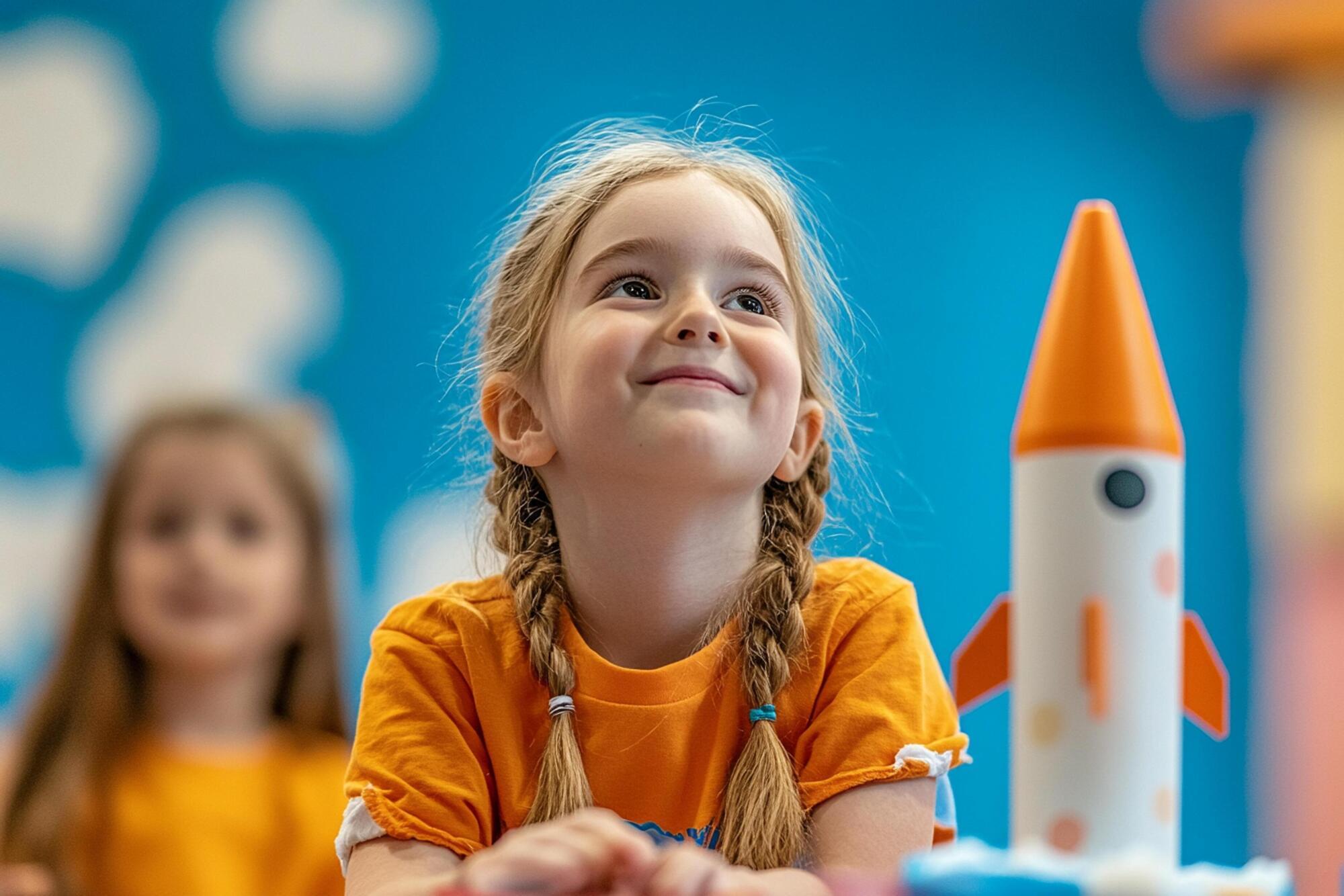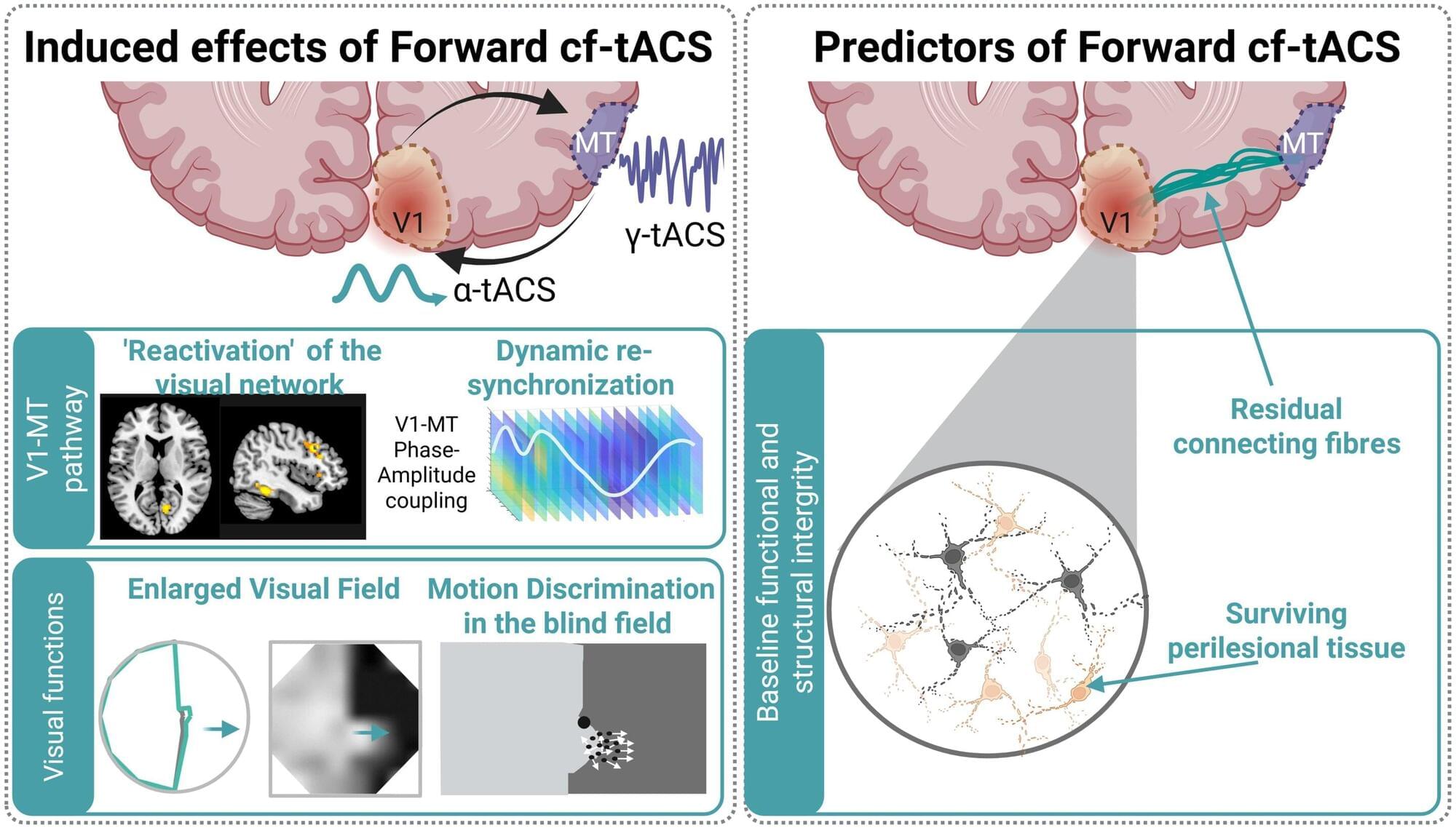Students use AI to write papers, professors use AI to grade them, degrees become meaningless, and tech companies make fortunes. Welcome to the death of higher education.
Category: education – Page 3

SPACE4 Ukraine
There are a lot of great charities out there, including space. This is something different.
Imagine; Supporting space education. Giving children in the depths of a war hope and Permission to Dream. Laying the groundwork for an emerging democratic Space Nation by inspiring its children. In other words, doing something that might help the arc of history swing upwards — to the Stars!
In 2017, I traveled across Ukraine on a speaking tour. Even though the country was already at war, what I found wasn’t fear or despair — it was optimism. A fierce, almost defiant belief in the future and democratic values. I met hundreds of young Ukrainians, from teenagers gathered in tech cafés to little kids proudly showing me crayon drawings of the space stations and rockets they dreamed of building someday.
I think about those kids a lot now. I wonder how many of them are gone, how many never had the chance to grow into the engineers, artists, scientists, and explorers they were meant to be. It breaks my heart — and it also drives me to help the ones who are still here, still dreaming, still holding on to hope.
That’s why I launched SPACE4 Ukraine with my partner, Yuliya Kurokhtina — one of Ukraine’s leading business voices and a relentless philanthropist. Together, our mission is simple: give Ukrainian children direction, inspiration, and a reason to believe in their future. The same Permission to Dream that carried me through my own storms.
Most people don’t realize it, but Ukraine has a deep and remarkable space legacy. They helped build Sputnik. They designed the Zenit rockets. They powered Sea Launch. Their engineers remain among the best in the world. This legacy matters — not just historically, but as a beacon for their children: your future can be bigger than your present.
SPACE4 Ukraine is designed to be clear, direct, and transparent.
We Finally Understand What Happened Before the Big Bang
For decades, we were taught the universe is 13.8 billion years old. Textbooks repeated it. Documentaries swore by it. Every model of cosmic history depended on it.
But now the numbers are breaking.
The James Webb Space Telescope is detecting galaxies that shouldn’t exist, stars older than our timeline allows, and cosmic structures so mature they overturn everything we thought we understood.
Reality is being rewritten in real time.
New evidence points to a universe that could be 26.7 billion years old – nearly double the age we believed. And if that’s true, then the biggest question becomes unavoidable.
What came before the Big Bang?
The answer is colder, emptier, and far stranger than anything in standard cosmology.
Get ready. We’re going back to the moment before everything.
COPYRIGHT DISCLAIMER:
All content in this video is original or sourced from licensed royalty-free libraries. Scientific material is used under fair use for educational analysis. The script, narration, music, SFX, and visuals are produced using legally obtained and properly credited resources.

Podcast with Chuck Brooks, Adjunct Professor at Georgetown University and President of Brooks Consulting International — Quantum Computing Report
In this episode of The Quantum Spin by HKA, host Veronica Combs discusses the intersections of quantum technology and cybersecurity with Chuck Brooks, an adjunct professor at Georgetown University and the president of Brooks Consulting International. Chuck discusses how the evolution of technology, particularly AI and quantum computing, has dramatically transformed cybersecurity. The conversation also touches on the role of CISOs, the integration of new technologies, and the importance of ongoing education and adaptation in the face of rapidly changing technologies.
00:00 Introduction to Quantum Spin Podcast 00:34 Guest Introduction: Chuck Brooks 00:46 Chuck Brooks’ Career Journey 02:09 Evolution of Cybersecurity 02:47 Challenges for CISOs 04:27 Quantum Computing and Cybersecurity 07:43 Future of Quantum and AI 10:51 Disruptive Technologies in Organizations 15:15 AI in Academia and Professional Use 17:06 Effective Communication on LinkedIn 18:23 Conclusion and Podcast Information.
Chuck Brooks serves as President of Brooks Consulting International with over 25 years of experience in cybersecurity, emerging technologies, marketing, business development, and government relations. He also is an Adjunct Professor at Georgetown University in the Cyber Risk Management Program, where he teaches graduate courses on risk management, homeland security, and cybersecurity.


Asimov Press (@asimovpress)
We just released a curated list of 125+ essays about biology and science. These articles cover pharmaceuticals, the history of molecular biology, timeless arguments and theories, and more. All of them inspired or taught or challenged us to think more deeply.
Check it out here on Substack or on our custom website: https://read.asimov.com


Brain stimulation found to improve vision recovery after stroke
Scientists at EPFL have developed an innovative, non-invasive brain stimulation therapy to significantly improve visual function in stroke patients who have suffered vision loss following a stroke. The approach could offer a more efficient and faster way to regain visual function in such cases.
Each year, thousands of stroke survivors are left with hemianopia, a condition that causes loss of half of their visual field (the “vertical midline”). Hemianopia severely affects daily activities such as reading, driving, or just walking through a crowded space.
There are currently no treatments that can restore lost visual function in hemianopia satisfactorily. Most available options focus on teaching patients how to adapt to loss of vision rather than recovering it. To achieve some degree of recovery, months of intensive neurorehabilitative training are required for only moderate restoration at best.
Inspiring elementary students in STEAM+ education
SpaceKids Global; Inspiring students to excel in STEAM+ Environment education; with a focus on empowering young girls.

Exploring the Multifaceted Landscape of MASLD: A Comprehensive Synthesis of Recent Studies, from Pathophysiology to Organoids and Beyond
Soft drink consumption is linked to an increased risk of major depressive disorder and greater depressive symptom severity, mediated by changes in gut microbiota, particularly Eggerthella abundance.
Question Is soft drink consumption related to depression diagnosis and severity, and is this association mediated by gut microbiome alteration?
Findings In this cohort study, soft drink consumption was significantly associated with diagnosis of major depressive disorder, as well as depression severity, across a single-study cohort of 932 clinically diagnosed patients and healthy controls. This association was significantly mediated by Eggerthela abundance in female patients and controls.
Meaning Education, prevention strategies, and policies aiming to reduce soft drink consumption are urgently required to mitigate depressive symptoms; in addition, interventions for depression targeting the microbiome composition appear promising.